Home>diy>Building & Construction>What To Look For In A New Construction Home Inspection
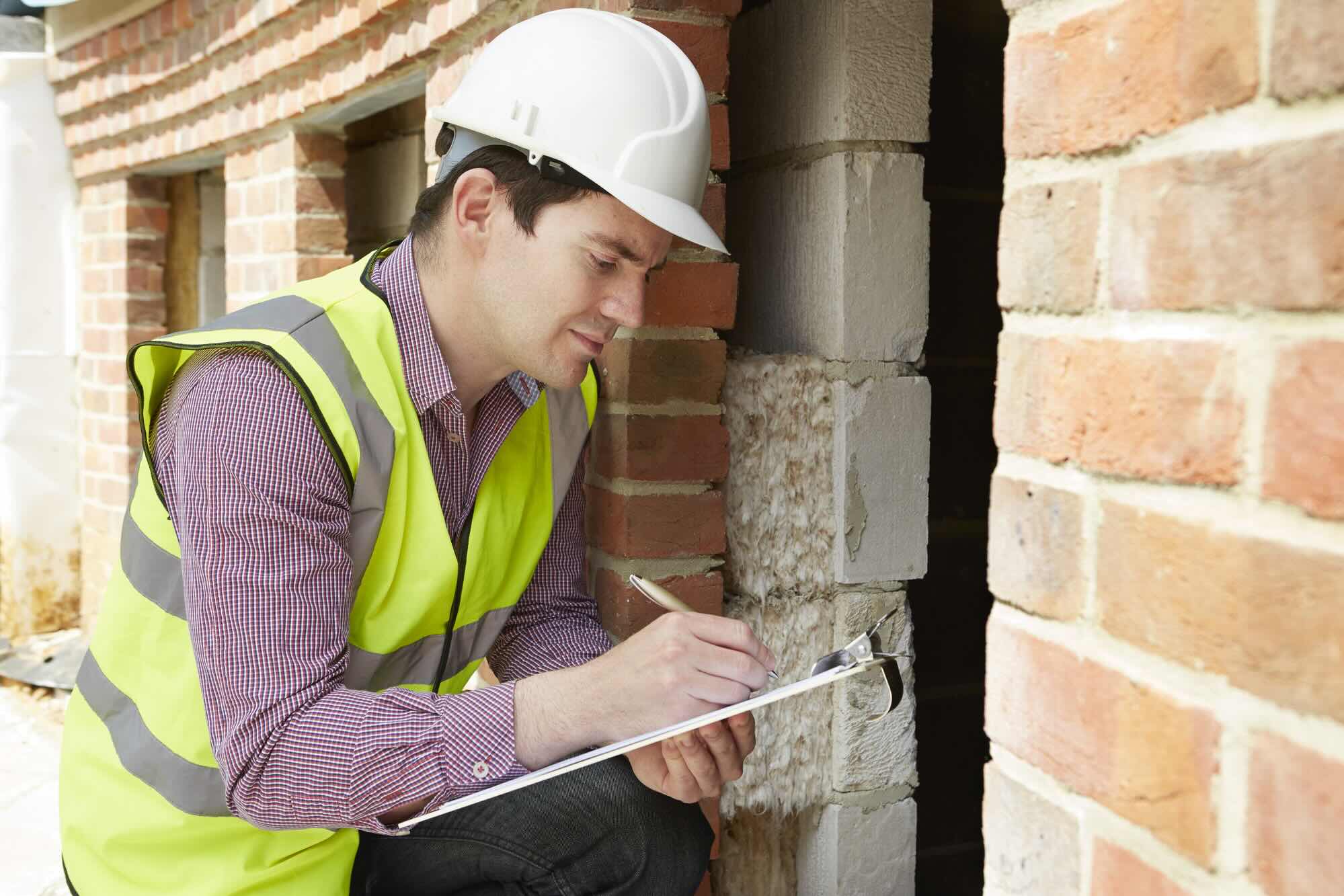

Building & Construction
What To Look For In A New Construction Home Inspection
Modified: February 24, 2024
Looking for a new construction home inspection? Discover the key factors to consider when hiring a professional inspector for building construction.
(Many of the links in this article redirect to a specific reviewed product. Your purchase of these products through affiliate links helps to generate commission for Storables.com, at no extra cost. Learn more)
Introduction
Welcome to the exciting world of new construction homes! If you’re in the process of building your dream house or buying a recently constructed property, congratulations! While new construction homes offer numerous benefits, it’s essential to prioritize a thorough inspection before finalizing the purchase.
Many homebuyers assume that a new construction home doesn’t require an inspection since everything should be in pristine condition. However, even the most well-built homes can have hidden issues and potential problems that may arise later.
In this article, we will explore the importance of a new construction home inspection and provide you with valuable insights on what to look for during the process. By the end of this article, you will understand the significance of hiring a qualified and experienced inspector, the scope of a new construction home inspection, and how to navigate negotiations with the builder based on inspection findings.
So, let’s dive in and ensure that your new construction home is not only beautiful but also structurally sound and free from any unexpected surprises.
Key Takeaways:
- Prioritize a thorough new construction home inspection to identify potential issues, ensure safety, and protect your investment before finalizing the purchase.
- Open and honest communication is key when negotiating repairs or credits with the builder based on the inspection findings. Approach discussions with professionalism and respect.
Importance of a New Construction Home Inspection
While it’s true that new construction homes are thought to be in pristine condition, it’s important to remember that they are still susceptible to construction errors, oversights, and potential defects. That’s why a thorough new construction home inspection is crucial before finalizing your purchase.
There are several key reasons why a new construction home inspection is important:
- Identifying Defects: Even the most experienced builders can make mistakes. An inspection will help identify any construction defects that may have been overlooked, such as structural issues, electrical problems, plumbing leaks, or faulty HVAC systems. Discovering these issues early on will allow the builder to rectify them before you move in, saving you time, money, and potential headaches down the road.
- Ensuring Safety: The safety of you and your family should be paramount. A thorough inspection will check for safety hazards, such as improper wiring, faulty outlets, unstable staircases, or inadequate ventilation. Uncovering these risks ensures that your new home meets the highest safety standards.
- Protecting Your Investment: Buying a new construction home is a significant investment. An inspection helps protect your investment by ensuring that you’re aware of any potential issues or defects before committing to the purchase. By identifying problems early on, you can address them with the builder and potentially negotiate repairs or compensation.
- Peace of Mind: Knowing that your new construction home has been thoroughly inspected provides peace of mind. It allows you to move into your new home with confidence, knowing that any potential issues have been addressed and rectified.
It’s important to note that some builders may offer their own inspections or warranties. While these can provide some assurance, it’s still wise to have an independent inspector of your own. An impartial, third-party inspection will provide an unbiased assessment of the property, ensuring that your interests are protected.
Now that we understand the importance of a new construction home inspection, let’s explore how to go about hiring a qualified and experienced inspector.
Hiring a Qualified and Experienced Inspector
When it comes to hiring a qualified and experienced inspector for your new construction home, thorough research and due diligence are key. Here are some essential considerations to keep in mind:
- Credentials and Licenses: Ensure that the inspector you hire holds the necessary credentials and licenses. Look for certifications from reputable organizations such as the International Association of Certified Home Inspectors (InterNACHI) or the American Society of Home Inspectors (ASHI).
- Experience and Expertise: Verify the inspector’s experience in inspecting new construction homes specifically. New construction inspections require a different skill set from general home inspections. An experienced inspector will be familiar with construction processes, building codes, and common pitfalls to look out for in new properties.
- Insurance: Don’t forget to inquire about the inspector’s insurance coverage. They should have both professional liability insurance and general liability insurance to protect you and themselves in the event of any unforeseen issues or accidents during the inspection.
- Sample Reports: Ask the inspector for sample inspection reports. This will give you an idea of the level of detail and organization you can expect from their work. It’s vital that the report is comprehensive, clear, and easy to understand.
- References and Reviews: Request references from previous clients or read online reviews to get a sense of the inspector’s reputation and the quality of their work. Positive feedback from satisfied customers is a good indicator of their professionalism and expertise.
- Communication: Effective communication is essential throughout the inspection process. Ensure that the inspector is responsive, accessible, and willing to answer any questions or concerns you may have. A good inspector will take the time to explain their findings and provide recommendations for addressing any issues that arise.
- Pricing: While price should not be the sole determining factor, it’s still important to consider. Obtain quotes from multiple inspectors and compare the services they offer. Remember, the quality and thoroughness of the inspection should outweigh any cost considerations.
By taking the time to hire a qualified and experienced inspector, you can have confidence in their ability to identify any potential issues and provide you with a comprehensive evaluation of your new construction home.
Next, let’s delve into the scope of a new construction home inspection to understand what areas should be assessed.
Scope of a New Construction Home Inspection
A thorough new construction home inspection covers a wide range of components and systems within the property. Here are the key areas that should be assessed:
- Structural Components and Foundation: The inspection should evaluate the structural integrity of the building, including the foundation, walls, floors, and roof. Any signs of cracks, settlement, or other structural issues should be identified.
- Electrical Systems: The inspector will assess the electrical system, checking for proper installation, functioning outlets, and grounded systems. They will also examine the electrical panel, circuit breakers, and wiring for any potential safety hazards or code violations.
- Plumbing Systems: The plumbing inspection will include examining pipes, fixtures, drains, and water supply lines. Any leaks, improper installations, or drainage issues will be noted.
- HVAC Systems: The heating, ventilation, and air conditioning (HVAC) systems will be inspected for proper installation, functioning, and efficiency. This includes checking the furnace, air conditioner, ventilation ducts, and thermostat.
- Roofing and Exterior: The condition of the roof, gutters, downspouts, and exterior walls will be evaluated for any signs of damage, leaks, or improper installations. The inspector will also check for adequate insulation and ventilation.
- Interior: The inspection will cover the interior components, such as walls, ceilings, doors, and windows. The inspector will look for any cosmetic defects, improper paint finishes, or signs of moisture or mold.
- Safety and Code Compliance: The inspector will ensure that the property meets safety standards and local building codes. This includes checking for proper fire safety measures, handrails on staircases, and functioning smoke detectors.
It’s important to note that the scope of a new construction home inspection may vary depending on factors such as the size and complexity of the property, local regulations, and specific client requests. However, a thorough inspection should encompass all essential elements to provide a comprehensive evaluation of the property’s condition.
Once the inspection is complete, the inspector will document their findings and provide you with a detailed report. Let’s discuss the importance of this documentation and how it can help you navigate the inspection process.
Structural Components and Foundation Inspection
One of the most critical aspects of a new construction home inspection is the assessment of the structural components and foundation. The stability and integrity of these elements are essential for the overall safety and longevity of the property. Let’s take a closer look at what this inspection entails:
Foundation: The foundation serves as the building’s base and provides support for the entire structure. During the inspection, the inspector will examine the foundation walls, footings, and slabs to ensure they are level, free from cracks, and constructed with proper materials. Any signs of foundation settlement, shifting, or damage will be noted.
Structural Framing: The structural framing includes components such as walls, floors, roof systems, and beams that support the building’s weight. The inspector will check for proper framing techniques, appropriate materials used, and connections that are secure and in compliance with building codes. They will also look for any signs of sagging, bowing, or other structural deficiencies.
Load-Bearing Walls: Load-bearing walls support the weight of the structure above them. The inspector will examine these walls for any signs of cracks, shifting, or inadequate construction. They will ensure that the walls are properly aligned and able to bear the intended load.
Roof Structure: The roof structure assessment includes checking the trusses, rafters, and roof decking for proper construction and alignment. The inspector will look for signs of water damage, sagging, or roof problems that could compromise the structural integrity of the building.
Foundational Drainage: Proper drainage around the foundation is crucial in preventing water infiltration and potential damage. The inspector will assess the grading, slope, and drainage systems to ensure that water is directed away from the foundation. Any signs of poor drainage can lead to moisture issues and foundation problems.
During the inspection, the inspector may utilize various tools and techniques to assess the structural components and foundation. These can include visual observations, measurements, moisture meters, and infrared thermography to detect hidden issues.
The findings from the structural components and foundation inspection will be documented in the inspection report. If any significant issues are identified, it’s crucial to address them with the builder promptly. Depending on the severity of the problem, you may need to consult with a structural engineer for further evaluation and guidance on repairs.
A thorough examination of the structural components and foundation provides reassurance that the building is sound and built to withstand the test of time. With this portion of the inspection complete, let’s move on to the inspection of electrical systems in the next section.
Read more: What To Look For In A Home Inspection
Electrical Systems Inspection
The electrical systems inspection is a crucial component of a new construction home inspection. It ensures the safety, functionality, and code compliance of the electrical system within the property. Here’s what the inspection typically entails:
Electrical Panel: The inspector will examine the electrical panel, also known as the breaker box, to ensure it is properly installed, grounded, and labeled correctly. They will check for any signs of wear, loose connections, or overheating. The panel should have adequate capacity to handle the electrical needs of the home.
Wiring: The inspection will involve a thorough assessment of the electrical wiring throughout the property. The inspector will check for proper wiring installation, using appropriate materials and techniques. They will inspect outlets, switches, and junction boxes for any signs of damage, loose connections, or improper installations.
Ground Fault Circuit Interrupters (GFCIs): GFCIs are essential safety features that protect against electrical shocks. The inspector will verify that GFCI outlets are installed in areas where they are required, such as bathrooms, kitchens, garages, and outdoor spaces. They will ensure these outlets are functional and properly grounded.
Light Fixtures and Ceiling Fans: The inspector will test light fixtures and ceiling fans to ensure they function properly and are securely installed. They will check for any signs of faulty wiring or inadequate support that could pose a safety hazard.
Smoke Detectors and Carbon Monoxide Detectors: These life-saving devices are inspected for proper installation, functionality, and placement throughout the home. The inspector will test the detectors to ensure they are in working order and that they meet the necessary safety requirements.
Code Compliance: The electrical systems inspection will verify that the electrical components meet local building codes and safety standards. This includes proper grounding, appropriate wire sizes, and adherence to clearances and safety distances.
It is important to note that an electrical inspection typically does not involve invasive procedures, such as opening walls or exposing wiring. However, the inspector will conduct a visual examination and use testing equipment to assess the overall condition of the electrical system.
If any electrical hazards or code violations are discovered, it is crucial to address them promptly with the builder or electrical contractor. Ensuring the safety of the electrical system in your new construction home is essential for the well-being of you and your family.
With the electrical systems inspection completed, let’s move on to the inspection of the plumbing systems in the next section.
Plumbing Systems Inspection
A thorough inspection of the plumbing systems is an important aspect of a new construction home inspection. The plumbing plays a crucial role in delivering water and removing waste from the property. Let’s explore what this inspection entails:
Pipes and Fixtures: The inspector will assess the condition and installation of the plumbing pipes throughout the property. This includes checking for leaks, corrosion, or improper connections. They will inspect fixtures such as faucets, sinks, toilets, showers, and bathtubs for proper installation and functionality.
Water Supply: The inspection will verify that the water supply system is functioning properly. This includes checking water pressure, ensuring that hot and cold water are adequately balanced, and assessing the functionality of shut-off valves. The inspector will also look for signs of leaks or water damage.
Drainage and Venting: The plumbing inspection will include an evaluation of the drainage and venting systems. The inspector will check for proper slope and flow in drain lines, ensuring that wastewater is effectively removed from the property. They will also examine vent pipes to ensure proper ventilation and prevent odors or gas buildup.
Water Heaters: If present, the water heater will be inspected for proper installation, functionality, and adherence to safety standards. The inspector will check for signs of leakage, proper venting, and compliance with local building codes.
Sewer System: While not always included in a standard inspection, it may be beneficial to have a separate sewer line inspection or consider a sewer scope. This can help identify any issues within the sewer lines, such as blockages, tree root infiltration, or damaged pipes.
During the plumbing systems inspection, the inspector will conduct both visual assessments and tests to ensure that everything is in proper working order. They may use tools such as moisture meters to detect hidden leaks or perform water flow tests to check for adequate water pressure.
If any issues or defects are identified during the plumbing systems inspection, it is important to address them promptly with the builder or a licensed plumbing professional. Ensuring that the plumbing systems are in good condition will prevent potential water damage, leaks, or other plumbing-related issues in the future.
With the plumbing systems inspection complete, let’s now move on to the assessment of the HVAC systems in the next section.
HVAC Systems Inspection
The HVAC (Heating, Ventilation, and Air Conditioning) systems inspection is an important part of a new construction home inspection. These systems are responsible for maintaining a comfortable and healthy indoor environment. Let’s explore what this inspection entails:
Furnace: The inspector will examine the furnace to ensure it is properly installed and functioning efficiently. They will check for any signs of damage, wear, or improper connections. The inspector will also inspect the air filters, blower motor, and heat exchanger for any issues that may affect the system’s performance.
Air Conditioning System: If the property has an air conditioning system, the inspector will assess its installation and operation. They will check for proper refrigerant levels, ensure there are no leaks, and inspect the condenser and evaporator coils. The inspector will also inspect the air filters and test the system to verify that it provides adequate cooling.
Ventilation System: The inspection will include an assessment of the ventilation system, which ensures proper air circulation and eliminates stale air. The inspector will check the functionality of exhaust fans in bathrooms and kitchens and ensure they are vented properly to the exterior. They will also inspect ductwork for obstructions or leaks.
Thermostat: The inspector will test the thermostat to ensure it is functioning correctly and communicating effectively with the HVAC systems. They will verify that the temperature settings correspond accurately to the actual temperature in the home.
Energy Efficiency: During the inspection, the inspector may provide recommendations for improving energy efficiency. This can include suggestions for insulation, sealing air ducts, or upgrading to more energy-efficient HVAC systems. A more efficient system can help reduce energy costs and improve overall comfort.
It’s important to note that an HVAC systems inspection may not include a comprehensive evaluation of complex components, such as internal electrical or mechanical elements. If there are any concerns about these aspects of the HVAC systems, it may be necessary to consult with a licensed HVAC technician for further evaluation.
If any issues or deficiencies are discovered during the HVAC systems inspection, it is important to address them promptly with the builder or a qualified HVAC professional. Proper functioning HVAC systems are essential for maintaining a comfortable and healthy living environment in your new construction home.
With the HVAC systems inspection complete, let’s now move on to the inspection of the roofing and exterior of the property.
When conducting a new construction home inspection, pay close attention to the quality of the materials used, the installation of systems such as plumbing and electrical, and the overall craftsmanship of the work.
Roofing and Exterior Inspection
The roofing and exterior inspection is a crucial part of assessing the overall condition and durability of a new construction home. Here’s what this inspection typically entails:
Roofing Materials: The inspector will evaluate the roofing materials used and assess their condition. They will check for any signs of damage, such as missing or cracked shingles, curled edges, or deteriorated flashing. The inspection will also include an examination of the gutters, downspouts, and any roof vents.
Flashing and Sealants: The inspection will include a close examination of the flashing around chimneys, skylights, vents, and other roof penetrations. The inspector will check for secure and properly sealed flashing to prevent water intrusion. They will also inspect sealants to ensure they are in good condition and effectively sealing any gaps or joints.
Siding and Exterior Walls: The inspector will assess the condition of the siding or exterior cladding material used on the building. They will check for any signs of damage, such as cracks, rot, or loose boards. The inspection may also include an evaluation of the stucco, brickwork, or other exterior finishes.
Windows and Doors: The inspector will inspect the windows and exterior doors for proper installation, functionality, and energy efficiency. They will check for any signs of damage, inadequate weather sealing, or structural issues that may affect their operation.
Decks and Balconies: If applicable, the inspector will evaluate the condition and structural integrity of any decks, balconies, or other exterior structures. They will check for proper construction, support, and durability to ensure safety and longevity.
Drainage and Exterior Grading: The inspector will assess the grading and drainage around the property to ensure water is effectively directed away from the foundation. Proper drainage is essential in preventing water intrusion and potential damage to the building’s structure.
Exterior Electrical and Plumbing: The inspection may include an assessment of any exterior electrical outlets, light fixtures, or plumbing fixtures. The inspector will check for proper installation, functionality, and adherence to safety standards.
During the roofing and exterior inspection, the inspector may use binoculars or drones to assess hard-to-reach areas or steep roofs. They may also look for signs of water damage, such as stains or mold, on the interior ceilings or walls.
If any issues or deficiencies are identified during the roofing and exterior inspection, it is important to address them promptly with the builder. Proper maintenance and repairs are essential in preserving the integrity and appearance of the exterior components of your new construction home.
With the roofing and exterior inspection complete, let’s move on to the assessment of the interior of the property.
Interior Inspection
The interior inspection is a critical component of a new construction home inspection. It involves evaluating the condition and functionality of various elements within the property’s interior space. Here’s what the inspection typically entails:
Walls, Ceilings, and Floors: The inspector will assess the condition of the walls, ceilings, and floors for any signs of cracks, water damage, or structural issues. They will also look for proper installation and finishing, such as smooth drywall, even paint application, and level flooring.
Doors and Windows: The inspection will include an evaluation of interior doors and windows for proper installation, functionality, and energy efficiency. The inspector will check for any signs of damage and ensure that they open, close, and seal correctly.
Stairs and Railings: If applicable, the inspector will assess the condition and safety of stairs, handrails, and guardrails. They will ensure that the stairs are properly constructed, secure, and free from any hazards.
Lighting and Electrical Fixtures: The inspector will test and evaluate all lighting fixtures, switches, and outlets for proper installation, functionality, and safety. They will check that the electrical system inside the property meets code requirements and does not pose any hazards. The inspector will also ensure that GFCI (Ground Fault Circuit Interrupter) outlets are installed in areas where they are necessary.
Kitchen and Bathrooms: The inspection will include a thorough assessment of the kitchen and bathrooms, looking for proper installation and functionality of fixtures, such as sinks, faucets, toilets, showers, and bathtubs. The inspector will check for any signs of leaks, water damage, or inadequate ventilation.
Cabinets and Countertops: The inspector will evaluate the condition and installation of cabinets and countertops, ensuring they are securely fastened and free from any defects. They will check for proper alignment, smooth operation of drawers and doors, and any signs of damage or wear.
Fireplaces and Chimneys: If there are fireplaces or chimneys in the property, the inspector will assess their condition and functionality. They will check for proper installation, adequate ventilation, and any signs of cracks or damage to the firebox or chimney structure.
The interior inspection is vital in ensuring that the property’s interior components are in good condition, function properly, and meet the necessary safety standards. If any issues or deficiencies are identified, it is important to address them promptly with the builder.
With the interior inspection complete, let’s now move on to the assessment of safety and code compliance within the property.
Safety and Code Compliance Inspection
The safety and code compliance inspection is a crucial step in the new construction home inspection process. It involves evaluating whether the property meets the necessary safety standards and adheres to local building codes. Here’s what this inspection typically entails:
Fire Safety Measures: The inspector will assess the property for proper fire safety measures, including the presence of smoke detectors, carbon monoxide detectors (if required), and fire extinguishers. They will ensure that these critical safety devices are installed in appropriate locations and are operational.
Electrical Safety: The inspection will verify that the electrical systems meet code requirements and do not pose any safety hazards. This includes ensuring that outlets and switches are properly installed and grounded, and that electrical panels are in compliance with electrical codes.
Handrails and Guardrails: The inspector will evaluate the handrails and guardrails throughout the property, particularly for staircases and balconies. They will check for proper installation, height, and sturdiness to ensure the safety of residents and visitors.
Egress Windows and Emergency Exits: The inspection will assess the presence and proper functioning of egress windows in basement bedrooms and emergency exits. These elements are crucial for safe escape in the event of a fire or other emergencies.
Clearance and Safety Distances: The inspector will verify that there is proper clearance around electrical panels, HVAC units, water heaters, and other equipment, following safety guidelines. They will also ensure that there is adequate clearance over stairs, walkways, and other areas to prevent accidents.
Structural Safety: The inspector will assess the overall structural safety of the property, checking for any signs of structural deficiencies, such as weak walls, sagging beams, or compromised load-bearing components. They will ensure that the building is structurally sound and can withstand normal loads.
Accessibility: Depending on local regulations, the inspection may include an evaluation of accessibility features for individuals with disabilities. This includes checking for proper ramps, handrails, and accessible doorways and bathrooms, in compliance with accessibility codes.
During the safety and code compliance inspection, the inspector will reference local building codes and regulations to ensure that the property meets the necessary requirements. It’s important to note that building codes may vary between jurisdictions, so it’s crucial to follow the specific regulations of your location.
If any safety hazards or code violations are identified during the inspection, it is essential to address them promptly with the builder. Ensuring that your new construction home meets safety standards and building codes is vital for the well-being of you and your family.
With the safety and code compliance inspection complete, let’s move on to the final walkthrough inspection.
Final Walkthrough Inspection
The final walkthrough inspection is the last step in the new construction home inspection process. This inspection allows you to assess the condition of the property before the closing and to ensure that any previously identified issues have been addressed. Here’s what to consider during the final walkthrough:
Check for Completion: Verify that all the agreed-upon work has been completed by the builder. Ensure that any repairs or adjustments discussed during previous inspections have been addressed to your satisfaction.
Inspect Repairs: If there were any issues or defects identified during earlier inspections, ensure that the builder has made the necessary repairs or addressed those concerns appropriately. Take note of any remaining areas that still require attention and discuss them with the builder.
Test Systems and Fixtures: During the walkthrough, test the functionality of electrical systems, plumbing fixtures, HVAC systems, and any other components that were previously inspected. Turn on lights, faucets, and appliances to ensure they are working properly.
Open and Close All Windows and Doors: Test all windows and exterior doors to ensure they open, close, and lock smoothly. Check for any signs of damage or problems with the operation of these components.
Check for Cosmetic Defects: Inspect the walls, ceilings, and flooring for any cosmetic defects, such as paint or drywall issues, scuffs, or scratches. Examine the cabinets, countertops, and other finishes for any signs of damage.
Examine Exterior: Take a walk around the exterior of the property to ensure that landscaping, driveways, walkways, and any other exterior elements are in the expected condition. Look for any signs of damage or unfinished work.
Review Documentation: Refer to the inspection reports and any other documentation provided by the builder. Ensure that any agreed-upon repairs or changes are documented accurately and that you have a clear understanding of the builder’s responsibilities and warranties.
Address Any Remaining Concerns: If you notice any unresolved issues or have any remaining concerns, discuss them with the builder before closing. It’s essential to have a clear understanding of how these matters will be addressed moving forward.
The final walkthrough inspection is an opportunity to confirm that the property meets your expectations and that any necessary repairs or adjustments have been made. It is important to document any new or outstanding issues and to communicate with the builder to ensure that they are resolved to your satisfaction.
With the final walkthrough inspection complete, you can move forward with confidence, knowing that you have thoroughly assessed the condition of your new construction home. Now, let’s move on to how the inspection findings are documented and reported.
Documentation and Reporting of Inspection Findings
The documentation and reporting of inspection findings are crucial aspects of a new construction home inspection. This process ensures that all identified issues, repairs, and discussions are properly recorded for future reference and potential negotiations. Here’s how it is typically done:
Comprehensive Inspection Report: A qualified inspector will prepare a detailed inspection report that outlines the findings of the inspection. This report serves as a comprehensive document that provides a clear overview of the condition of the property and any issues identified during the inspection.
Written Descriptions and Photographs: The report will include written descriptions of any issues or concerns discovered during the inspection. It may also include photographs to visually support and document the findings. This helps provide a clear understanding of the identified problems.
Organization and Structure: The report will be organized in a logical manner, typically by system or component, to make it easy to navigate and reference. Each section will include a description of the item being inspected, its current condition, any defects or concerns, and any recommended actions for addressing those issues.
Severity Level and Recommendations: The inspector may assign a severity level to each issue to indicate its urgency and potential impact. They may also provide recommendations for repairs, further evaluations, or consultations with specialized professionals if necessary.
Clear and Understandable Language: The report should be written in clear and concise language that is understandable to the homeowner. Technical jargon should be explained or avoided to ensure that the findings are easily comprehensible.
Timely Delivery of the Report: The inspector should deliver the report promptly after the inspection, allowing you ample time to review it and discuss any concerns with the builder. This ensures that all parties involved are aware of the inspection findings before the final stages of the purchase process.
Communication and Discussion: The inspector should be available to discuss the findings of the report with you and answer any questions you may have. This provides the opportunity to clarify any points of confusion and ensure a clear understanding of the inspection findings.
It is important to review the inspection report thoroughly and consider its implications. If there are any significant issues or concerns, it may be necessary to discuss them with the builder and potentially negotiate repairs or compensation before finalizing the purchase.
The documentation and reporting of the inspection findings serve as critical reference material for future discussions and potential resolutions. They provide a clear record of the property’s condition at the time of inspection and help ensure that all parties involved are held accountable for addressing any identified issues.
With the inspection findings properly documented and reported, you can proceed with confidence in making informed decisions regarding your new construction home.
Next, let’s discuss the process of negotiating repairs or credits with the builder based on the inspection findings.
Negotiating Repairs or Credits with the Builder
Once the inspection findings have been documented and reviewed, you may need to negotiate repairs or credits with the builder based on the identified issues. Here are some important considerations and steps to take during this process:
Review the Inspection Report: Thoroughly review the inspection report and make note of any significant issues or concerns that you wish to address with the builder. Prioritize the issues based on their severity and potential impact on the property.
Contact the Builder: Reach out to the builder to discuss your concerns and the inspection findings. Provide them with a copy of the inspection report and request a meeting to discuss the necessary repairs or credits. Be polite and concise in your communication, clearly expressing your expectations.
Provide Evidence: If possible, provide additional evidence to support your claims regarding the identified issues. This can include photographs, videos, or any other relevant documentation. Clear evidence helps strengthen your case for necessary repairs or compensation.
Consider Professional Opinions: If there are major structural concerns or complex issues, it may be beneficial to consult with specialized professionals such as engineers or contractors. Their expertise can provide additional insight and support for your negotiations with the builder.
Request a Plan for Resolution: During the meeting with the builder, discuss your expectations for repairs or credits. Ask them to provide a plan and timeline for addressing the identified issues. This ensures that everyone is on the same page regarding the necessary steps moving forward.
Document All Communications: Keep a record of all communications, including emails, letters, and meeting notes, with the builder regarding the negotiations. Having a documented history allows you to track progress and provide evidence if any disagreements or misunderstandings arise.
Be Open to Compromise: Negotiations involve give and take. While it’s important to advocate for necessary repairs or compensation, be open to compromises or alternative solutions that the builder may propose. Aim for a resolution that addresses your concerns while also being fair and reasonable for both parties.
Review Final Agreement: Once an agreement has been reached, carefully review the final document detailing the repairs or credits. Ensure that all agreed-upon items are clearly stated and that any timelines or conditions are specified. Seek legal advice if necessary before signing any agreements or waivers.
Remember, open and honest communication is key during the negotiation process. Approach the discussions with the builder in a professional and respectful manner to foster a cooperative atmosphere that leads to a satisfactory resolution.
With successful negotiations, you can ensure that the identified issues are addressed and resolved to your satisfaction, allowing you to move forward confidently with the purchase of your new construction home.
Now, let’s conclude our comprehensive guide to the new construction home inspection process.
Conclusion
Embarking on the journey of purchasing a new construction home is an exciting and significant milestone. To ensure that your dream home is not only aesthetically pleasing but also structurally sound, it is crucial to prioritize a thorough new construction home inspection.
Throughout this article, we have discussed the importance of a new construction home inspection and provided insights into hiring a qualified and experienced inspector. We explored the scope of the inspection, covering crucial areas such as structural components, electrical systems, plumbing systems, HVAC systems, roofing, exterior, interior, safety, and code compliance. We also delved into the final walkthrough inspection and the documentation and reporting of inspection findings.
Furthermore, we discussed the process of negotiating repairs or credits with the builder based on the inspection findings. Open and honest communication, supported by evidence and professional opinions, is vital in reaching a satisfactory resolution.
By investing in a thorough new construction home inspection, you can identify any potential issues, ensure the safety and longevity of your property, and protect your investment. It allows you to address any concerns with the builder before finalizing the purchase, giving you peace of mind as you embark on this new chapter.
As you navigate the process of inspecting your new construction home, remember to approach it with patience, diligence, and clear communication. Use the findings of the inspection as a roadmap for necessary repairs or negotiations and prioritize your needs and expectations.
With the knowledge gained from this guide, you are well-equipped to navigate the new construction home inspection process with confidence and make informed decisions along the way.
Congratulations on your new construction home, and may it provide you with comfort, joy, and many happy memories for years to come!
Frequently Asked Questions about What To Look For In A New Construction Home Inspection
Was this page helpful?
At Storables.com, we guarantee accurate and reliable information. Our content, validated by Expert Board Contributors, is crafted following stringent Editorial Policies. We're committed to providing you with well-researched, expert-backed insights for all your informational needs.

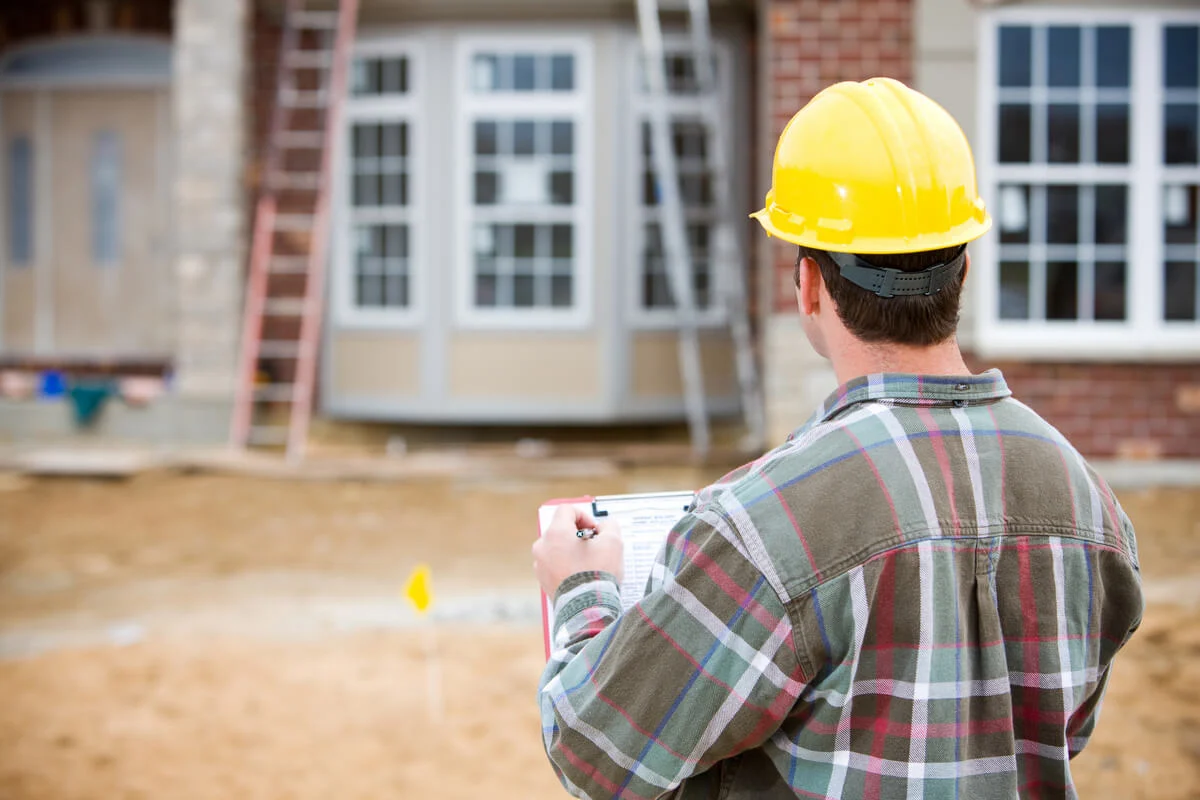

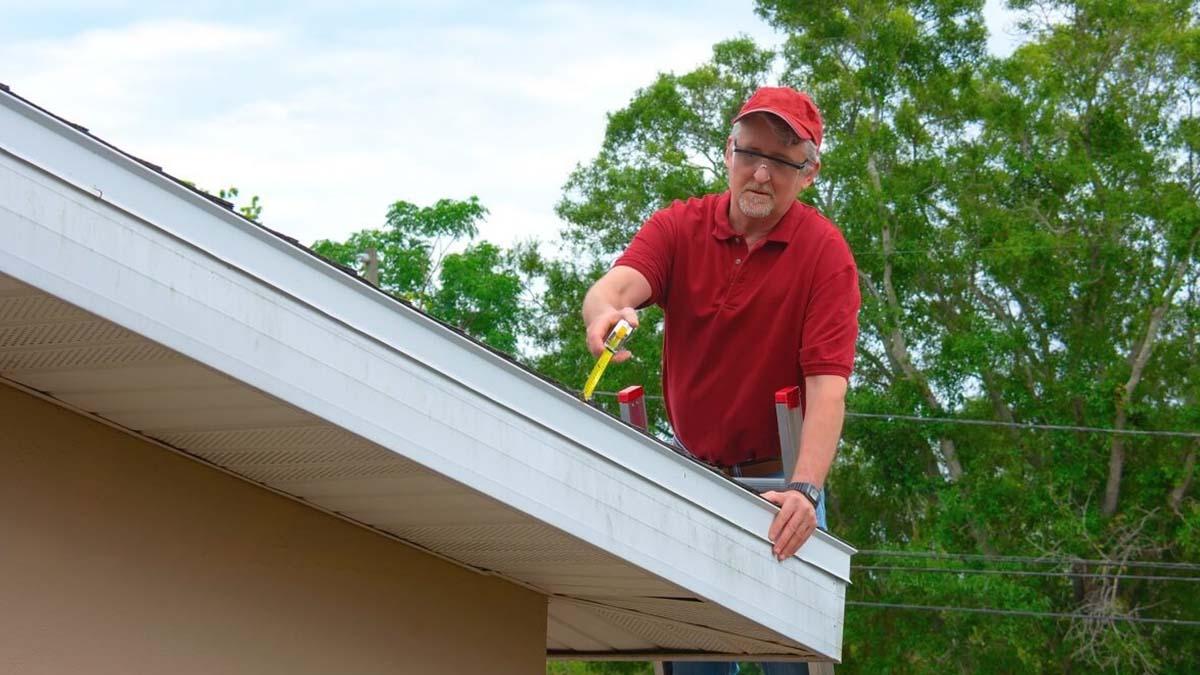

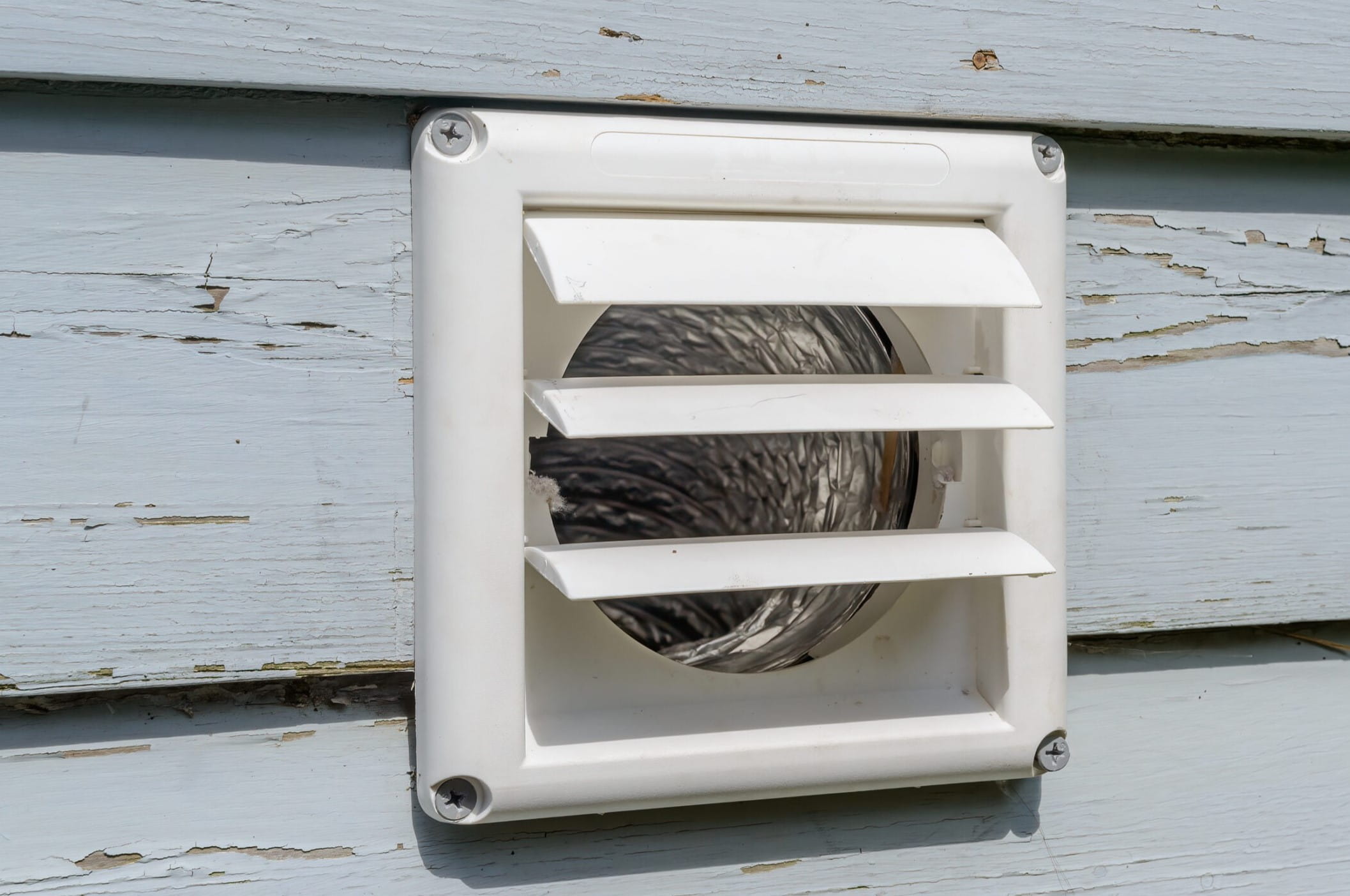
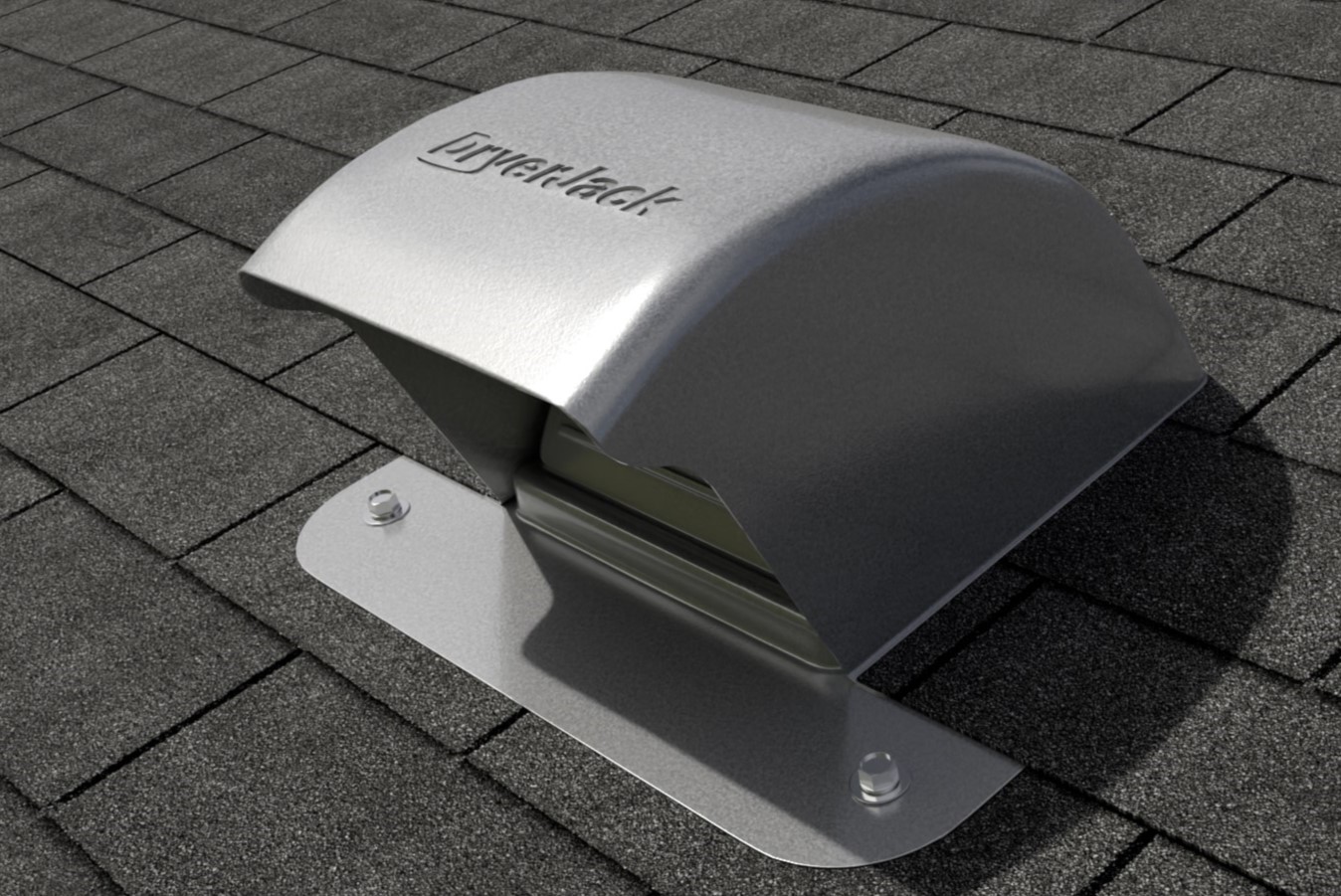




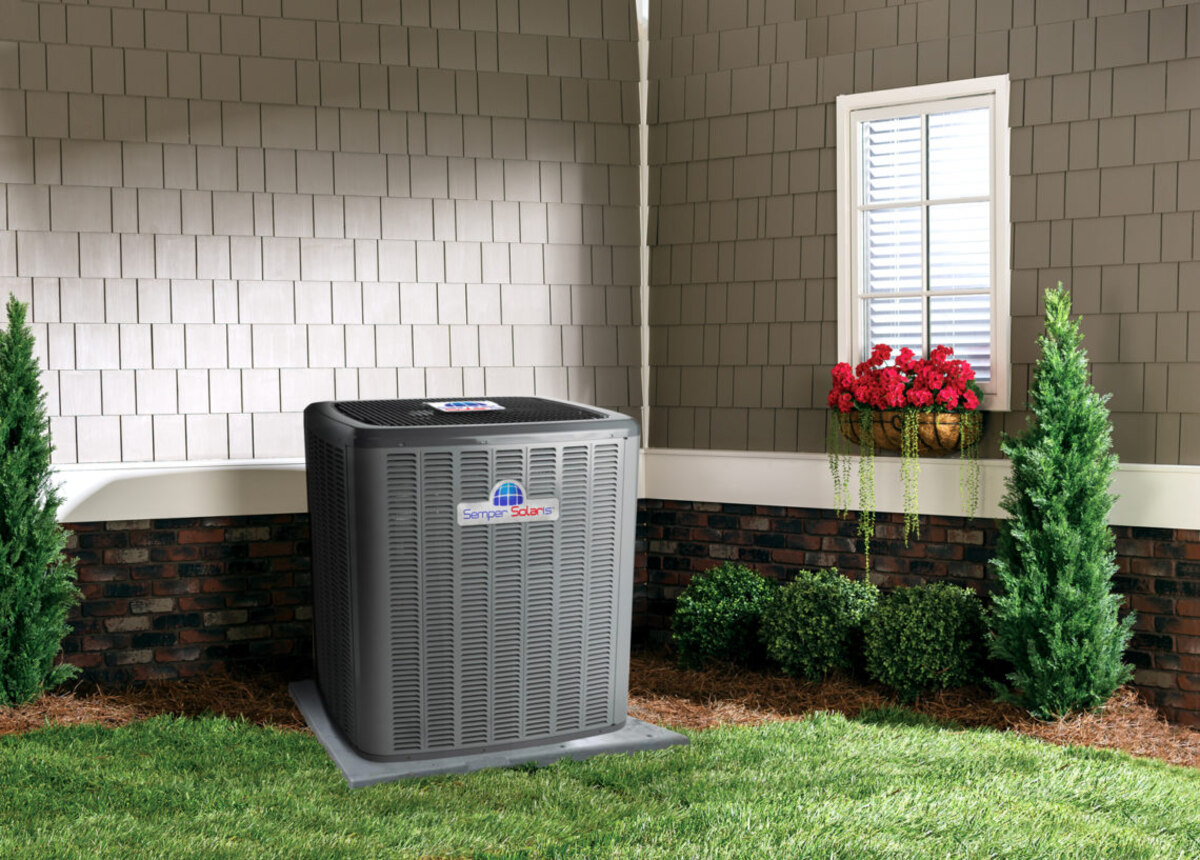

0 thoughts on “What To Look For In A New Construction Home Inspection”